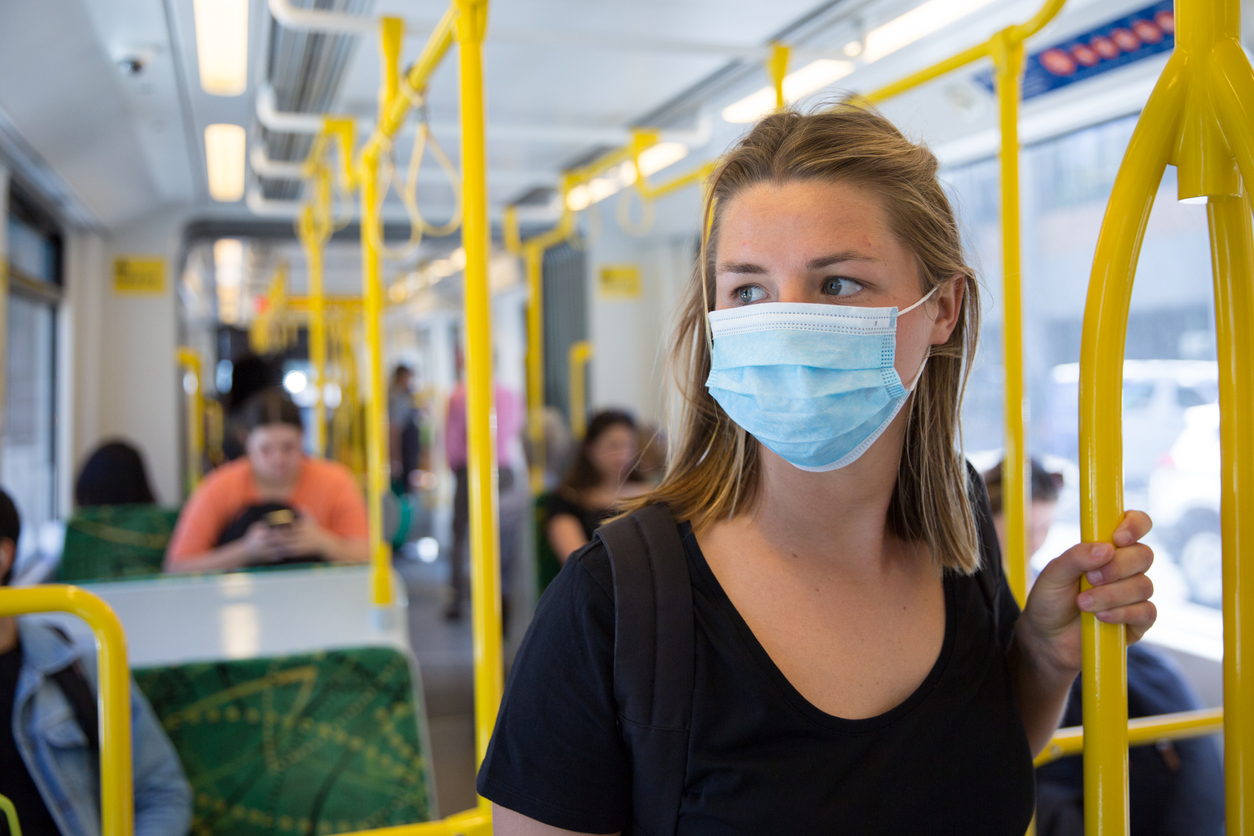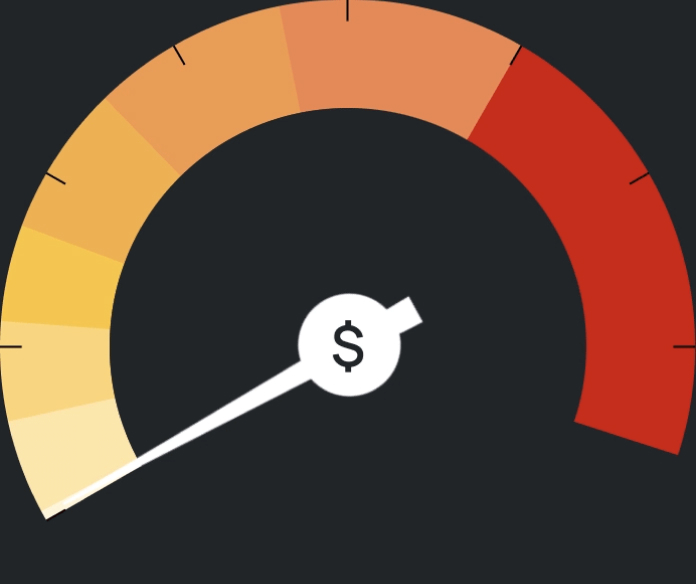COVID constrains travel

Normally, it would have been good news for households, with the AAA’s Transport Affordability Index confirming that average transport costs in the first quarter of 2020 decreased by 2.1 per cent compared to the previous quarter.
Unfortunately, however, many Australians could not take full advantage of these cost decreases due to the impacts and restrictions associated with the COVID-19 pandemic progressively taking effect during the period.
The AAA’s quarterly Affordability Index measures household transport costs in all capital cities. Additionally, the Index measures a regional centre in each state and the Northern Territory to give an indicative picture of household transport costs across the regions.
The national average household weekly transport costs were $318 in the March quarter, which was down from $325 in the previous quarter. This represents a decrease of 2.1 per cent, lower than the quarter’s rate of inflation, which was an increase of 0.3 per cent.
For the typical metropolitan household, this equates to a yearly transport expenditure of $18,208 and $14,669 for the typical regional household. Loan repayments and fuel remain the largest cost inputs, with the average cost of transport as a percentage of income now at 13.3 per cent for the typical household.
When it comes to transport, Sydney, Melbourne and Brisbane remained the nation’s most expensive capital cities, while Alice Springs, Bunbury and Geelong were the most expensive regional centres. The AAA’s Affordability Index appropriates transport costs over a normal week.
With restrictions associated with the COVID19 pandemic coming into effect during the first quarter of 2020, many households reduced their ‘transport footprint’, which is not measured in this report.





